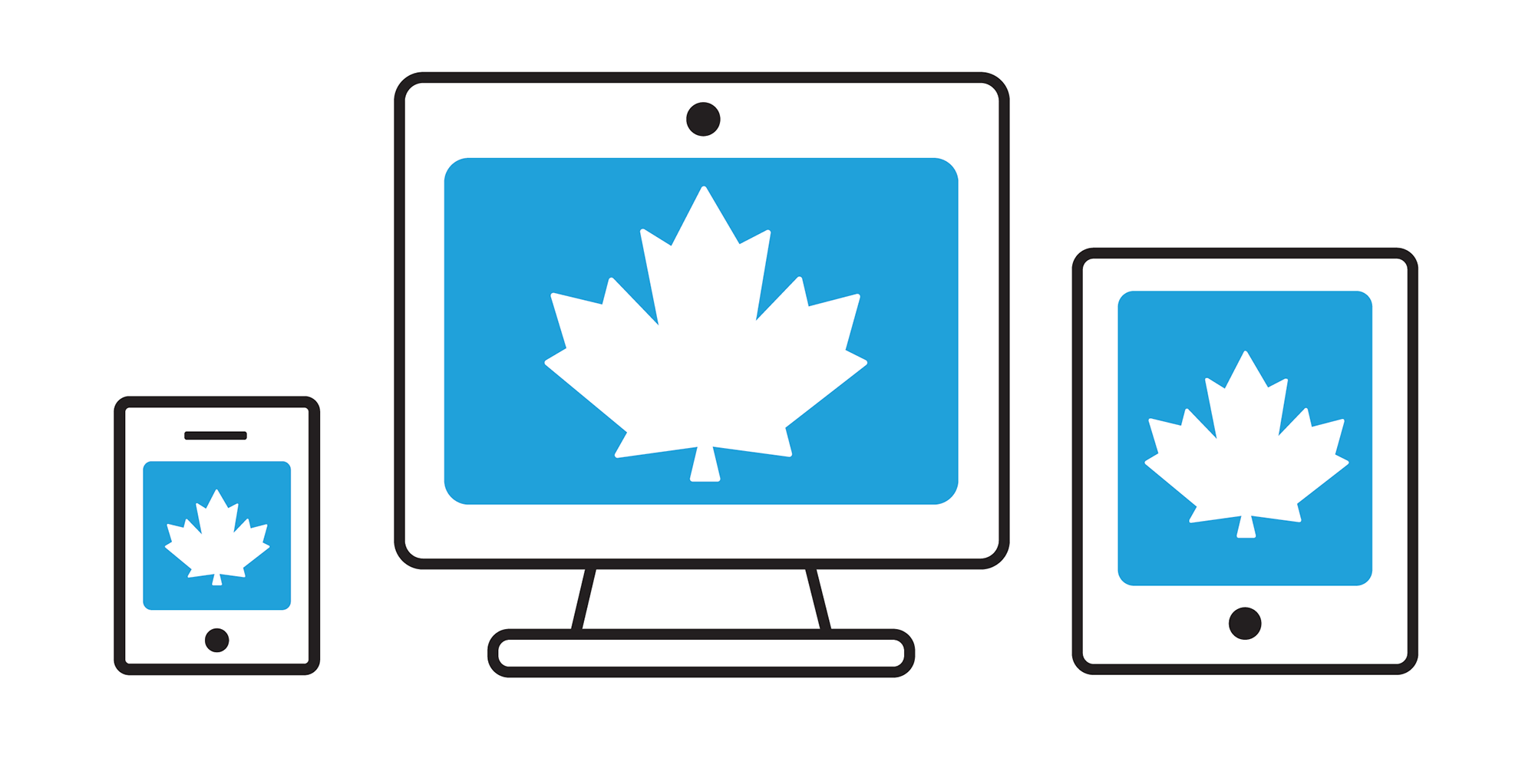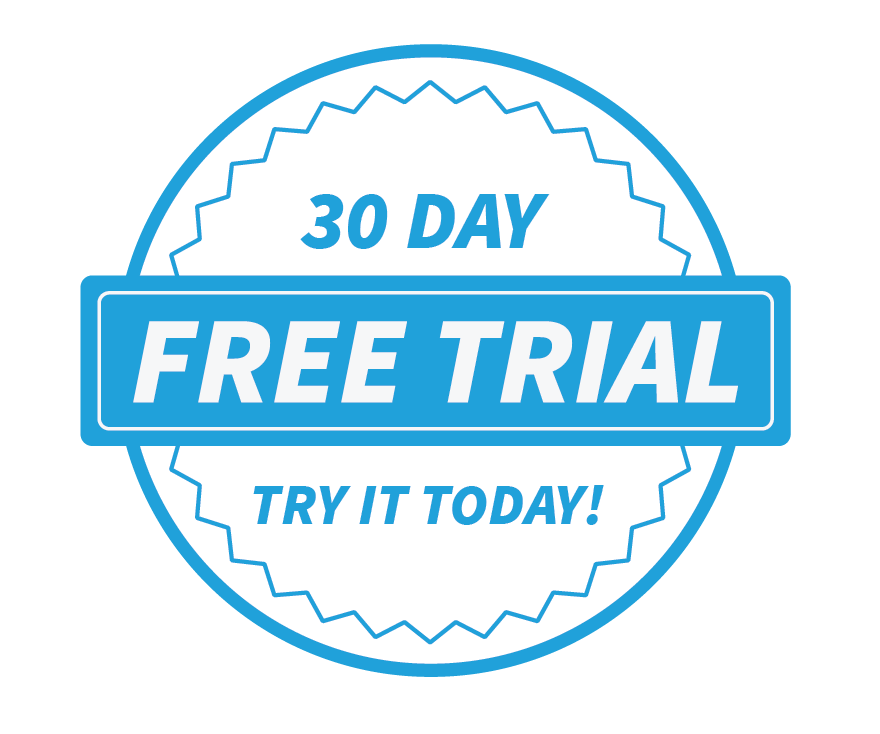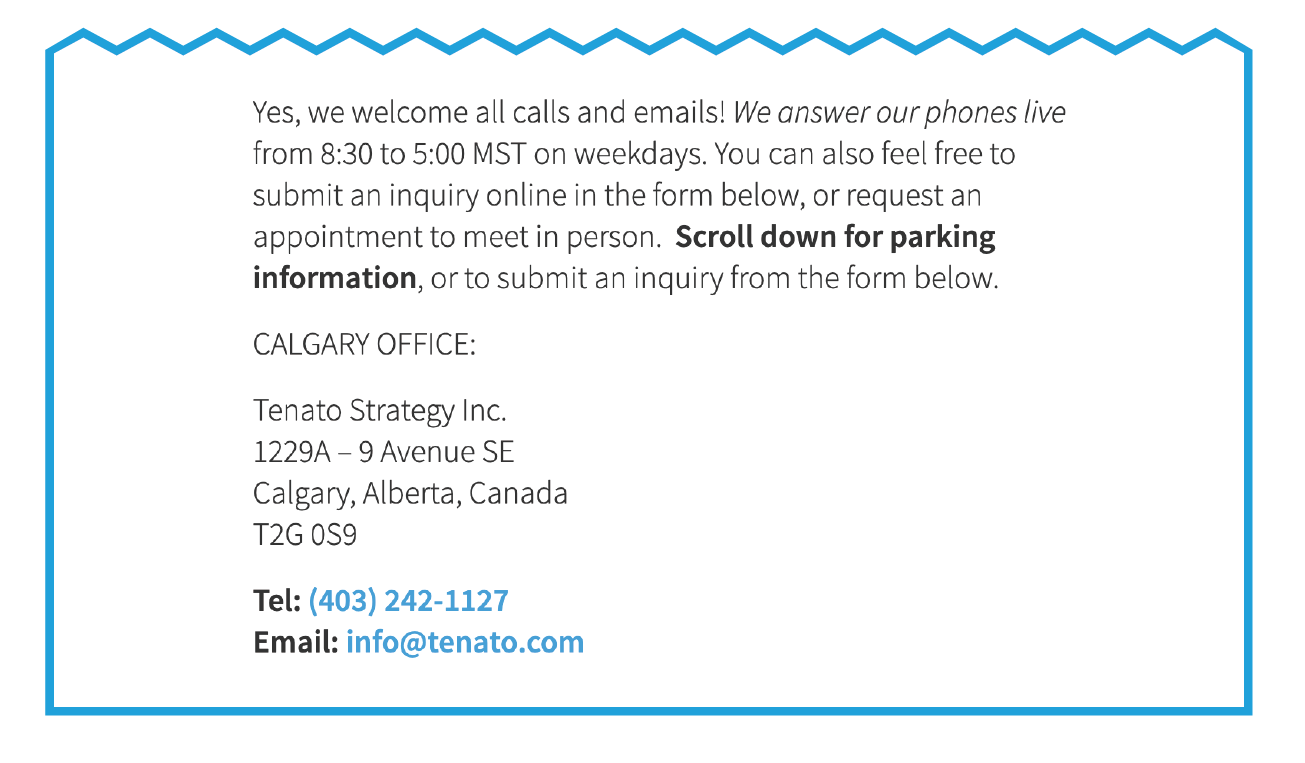Note: This information should not be considered legal advice. Tenato recommends consulting your own legal counsel to ensure compliance with Canadian Anti-Spam Legislation.

E-mail marketing can be a powerful tool that allows businesses to nurture leads and connect with customers and clients. However, as we are inundated with more and more digital information, our inbox has become a place reserved only for important reminders, news, conversations, special events, interesting articles, and educational material.
In short? NO. SPAM. ALLOWED.
It was Canadians’ disdain for e-mail spam that provoked the CASL (Canada Anti-Spam Legislation) to come into effect on July 1, 2014. The legislation caused quite a commotion in e-mail marketing and is seen by many as overly restrictive. However, if you know how to navigate the rules, you can still use e-mail marketing successfully. We recently attended the Calgary Marketing Association luncheon to hear Christina Beck, Compliance and Enforcement Officer for the CRTC (Canadian Radio-Television and Telecommunications Commission), talk about the rules around CASL.
The first thing to note is that CASL applies to any commercial electronic message (CEM) received by a Canadian computer or other device. So, what is a CEM you ask? A CEM is a message that encourages participation in a commercial activity, including, but not limited to offering, advertising, or promoting a product, a service, or a person. A commercial electronic message can also pertain to text messages and instant messages, including those sent directly to an individual through a social media platform.
STEP 1: What type of message are you sending?

STEP 2: Are you sending it to a Canadian device?

STEP 3: Is it a CEM (commercial electronic message)?
| Includes promotional offers, coupons, or sales information. |  |
| Promotes a business in some way. |  |
| Encourages commercial activities. |  |
The number one complaint the CRTC receives relates to a lack of consent. Ms. Beck recommends adopting best practices that help keep meticulous consent records and helps ensure all your staff is trained in record protocols. Under CASL rules, there are two types of consent at this time: implied & express.
Implied Consent
- You have an existing business relationship with your recipient. For example, they have inquired or purchased your products or services.
- You have a non-business established relationship with your recipient. If your recipient is a member of a club or organization you’re affiliated with, or if they have donated to or volunteered for your organization or cause.
- The recipient’s email address was posted online or sent to you void of any restrictions to contact.
Implied consent is valid for 2 years after someone has engaged in a business transaction. If it was an inquiry about a product or service, the consent is valid for only 6 months. If the subscriber hasn’t “renewed” its implicit consent during that time frame, for example by buying again, the implied consent expires.
Express Consent
- A recipient has given you clear and explicit consent to contact them. Express consent can be obtained orally or in writing and should clearly state why you’d like to be in contact and the type of message you’ll be sending. For example, an opt-in form for an email newsletter on your website should clearly state that by providing an email address, a person will begin to receive your newsletters via email.
STEP 4: Evaluate your recipient
| Implied | Expressed |
|---|---|
| Implied consent is valid for 2 years after a business transaction. If it was an inquiry about a product or service, the consent is valid for 6 months. | Express consent only becomes void after a recipient revokes their consent. |
You have an existing current business relationship OR a non-business relationship such as a member of your club, a volunteer or a donor. | You have clear and expressed consent to contact them, either written or orally. |
Their email was published online or sent to you without restrictions for contact. Your message should be related to their business or official role. |
For any subscribers in Canada, ensure that sign-up forms include the following:
- An unchecked email permission checkbox,
- A clear statement indicating your purpose for sending e-communications,
- The subscriber’s right to unsubscribe at any time,
- Your company’s contact information including your business name, postal address and either a telephone number or email address in your emails so your recipients can easily identify you as the sender,
- Your express consent checkbox must be independent of other opt-in boxes and your emails contain a working unsubscribe link and that you honor unsubscribe requests as quickly as possible. This cannot take more than 10 business days.
Once consent has been established, CASL requires the following information to be actively tracked and managed:
- Type of Consent (express or implied),
- Expiration dates on implied consent,
- Name of individual,
- Email address,
- Source and Date of Collection,
- Employee training records.
Having up to date records will make it easier to produce an audit trail, in case the government requires proof of your compliance status.
The CRTC has issued information bulletins to provide guidance and examples of recommended best practices. Bulletin CRTC 2012-548, among other things, explains what information is to be included in a request for consent and provides considerations with respect to tracking or recording consent that may make it easier to prove consent, if required. Bulletin CRTC 2012-549 provides guidance related to acceptable forms of obtaining express consent.
For more information there are great resources from the CRTC:
Canada’s Anti-Spam Legislation
Call 1-877-249-2782 (CRTC)
https://crtc.gc.ca/eng/internet/anti.htm
Or to discuss your campaign strategy, contact Tenato today.

